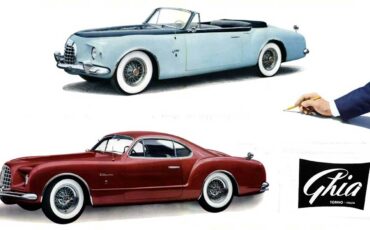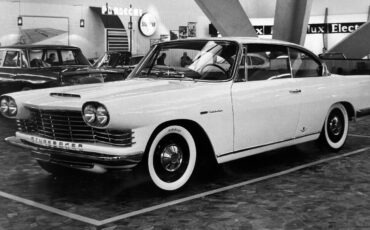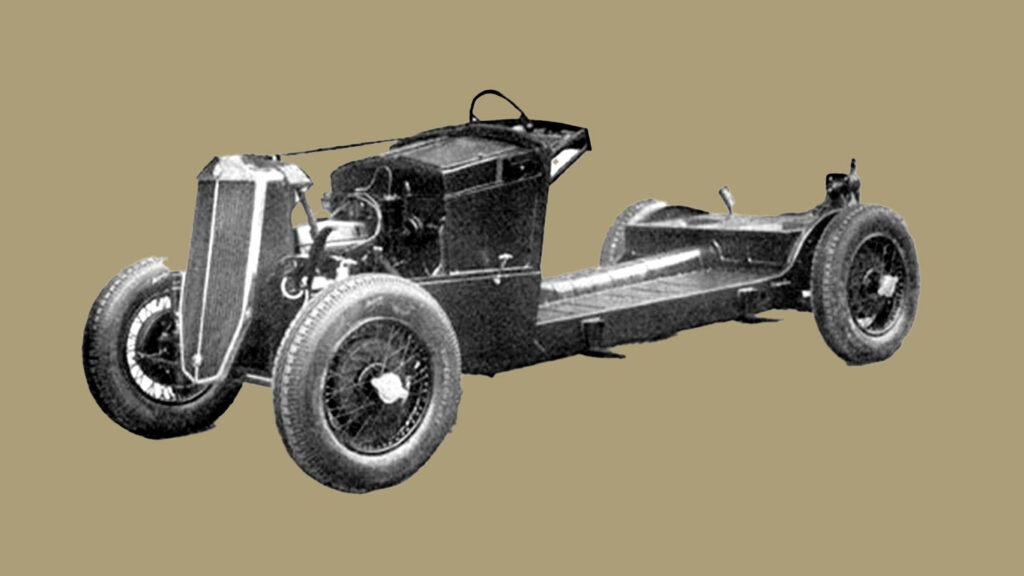
At the 1934 Milan Motor Show a new chassis for the Augusta was presented. The 234 type specially conceived for coachbuilders retained the previous mechanical characteristics but with some novelties.
New was the boxed chassis which included the floorpan; new was also the grille/radiator unit which was more inclined. Other novelties were the rear arrangement of the fuel tank, the single-blade bumpers and new metal spoke wheels with Rudge Whitworth hubs, while retaining the Supercomfort Michelin 140 x 40 tyres. In addition to this chassis, on which the brand new cabriolet, of Stabiliment Farina, was based on, at the 1934 Milano Show there were also the standard 4-seater standard saloon type 231 from 1933 (it remained in production until the end of the year) and the new luxury saloon type 231 L. Unveiled was also a four-seater, characterised by the double thread at the beltline with a new bodywork. The standard transformabile was offered at a cost of 24,250 lire, against the 19,500 of the normal saloon, a difference of almost five thousand lire that persisted even in the pricing of used cars, which generally cost 60 to 75 per cent of the price of new ones.
In case of the Lancia cabriolet, and unlike the other “fuoriserie” cars, there was no great variation in weight compared to the saloon, so the performance in hill-climbing and recovery was not significantly affected. On the chassis made available to the coachbuilders worked some of the biggest coachbuilders of the time. Carrozzeria Ghia, for example, in winter of 1936 offered a four-seater saloon, a two-seat coupé spider and a two-seat cabriolet spider; in the same year also Bertone offered a berlina, which two years earlier had already presented the the ‘Super luminosa’ saloon on an Augusta chassis, which featured a patented sunroof and ‘panoramic upper windows with anti-glare curtains, rear spare wheels partially incorporated in the bodywork, ventilation with adjustable windows’.
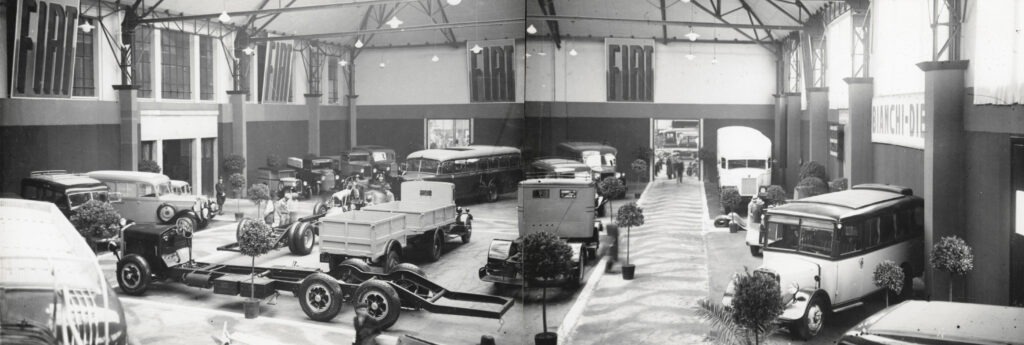
In 1934 coachbuilder Viotti had made a saloon equipped with the sliding roof Webasto; Touring exhibited at the Milan Motor Show a cabriolet with automatic closing. An Augusta Boneschi won the Coppa d’Onore at the International Coppa d’Oro Principessa di Piemonte competition (September 1934) and so did the Augusta bodied by Casaro and designed by Mario Revelli di Beaumont. The Casaro also won a Coppa d’Oro 1st Prize at the Villa d’Olmo Concorso, with a interior Gran Sport. But there were also one-offs by Balbo (coupé spider and others), Stabilimenti Farina (2-seater cabriolet), Pinin Farina (royal coupé) and Castagna (2-door convertible). From December 1934 the differentiation between ‘standard’ and ‘luxury’ types ceased, in favour of a single type which incorporated many of the details of the more luxurious model and remained in production for a further two years.
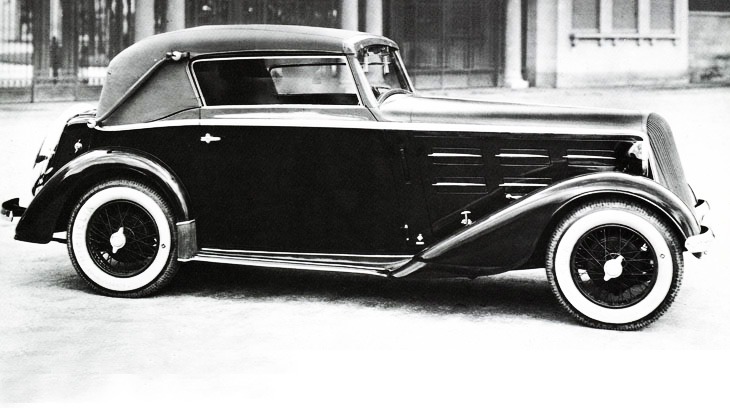
14,108 units of Augusta’s were built between 1933 and 1937, divided into the two 231 and 231 Lusso versions. To this must be added 3110 examples of the flatbed chassis, the 234 type, as well as around 3,000 cars (2,500 231 saloons, 500 234 chassis) built in France, at the Bonneuil-sur-Marne plant, under the name of Belna. In fact, on the fierce French market, to which Lancia looked with great interest, the commercial penetration always remained confined to a small circle of around 2,000 enthusiasts.

